THE LINK to #urbanana:
Rhine cities and the new harbours, part 3 – From butterfly building to diving board
in English: 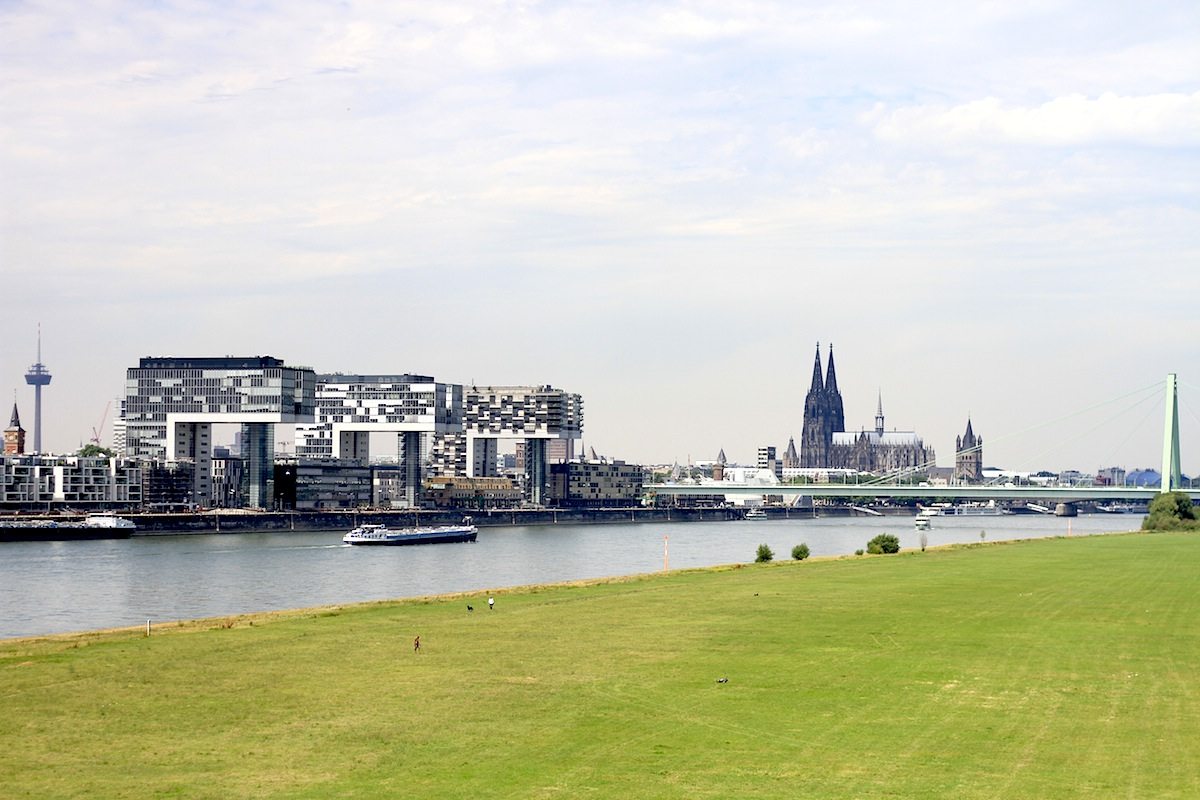
Rheinauhafen
It is the most architecturally angular of the three new harbours that we have encountered. It is best characterised by its direct proximity to the Rhine, the fantastic outlook onto the Deutz neighbourhood on the right side of the river and on the city centre as well as a linear orientation toward the lengthwise expansion of the area. While the master plan of Foster + Partners in the Duisburg Innenhafen (Inner Harbour) touched on balance and caution, and the head building in Düsseldorf’s Medienhafen (Media Harbour) tapped into a sense of diversity and excitement, Cologne’s harbour solution seems like the antithesis of the nearby old city, with its narrowness and density: here, there is size, width and breadth! The responsible parties of the Häfen und Güterverkehr Köln AG, or HGK (the harbour and freight transportation authority in Cologne) and the city touch on a large-scale solution with visible landmarks: the Kranhäuser (Crane Houses) by Bothe Richter Teherani (now Hadi Teherani Architects GmbH, Hamburg) and the Aachen architect Alfons Linster.
The Rheinauhafen, which was planned by Josef Stübben and completed as a harbour area in 1898, has developed into a city neighbourhood with a mixture of work, residential and cultural properties since the end of the 1990s, just as in Duisburg. The proportion of residences and historically protected buildings accounts for a third in each. After thorough renovation, the nearby “Siebengebirge” (Seven Hills) and the old harbour authority stand next to new buildings that offer restaurants, industry and cultural as well as educational institutions on a total area of over 15 hectares.
The chocolate museum of the Imhoff business family created an important impulse for the urban development of the area. After its completion in 1993, it was quickly snapped up by residents and city visitors. The German-Austrian architect Fritz Eller (who also designed the regional parliament building of North Rhine-Westphalia in Düsseldorf) united old and new in this pioneering project, by framing the massive stonework of the old customs office with a fluid aluminium-glass shell. The new form symbolises a postmodern ship motif. The production hall for the glassed-in chocolate factory looks like the giant deck of a ship. The chocolate museum is as beloved as ever: it welcomes 600,000 visitors per year.
The other symbol of the neighbourhood is the set of Kranhäuser, which represent the architecturally modern, economically strong city of Cologne, and at the same time are meant to recall the origins of the area. This thoughtfulness is thanks to the Düsseldorf landscape architecture office of FSW Landschaftsarchitekten. FSW won the external competition in 1999 with their conception of an interplay of historical and modern elements. They combined natural stone plaster, railway tracks and restored harbour cranes with concrete slabs, glass, steel and lighting design.
Overall, the impression of an architecturally autonomous area prevails, self-consciously looking in the direction of the city and using the water as a corridor. The relationship to the river has succeeded with the Laura-Oelbermann-Promenade, which was completed by the end of 2009 and shows that Cologne has defined the renovation of an industrial area in a boldly angular way. We will find out in the coming years whether this trend continues in the redesign of the harbours in Mülheim and the Deutzer Hafen (Deutz Harbour).
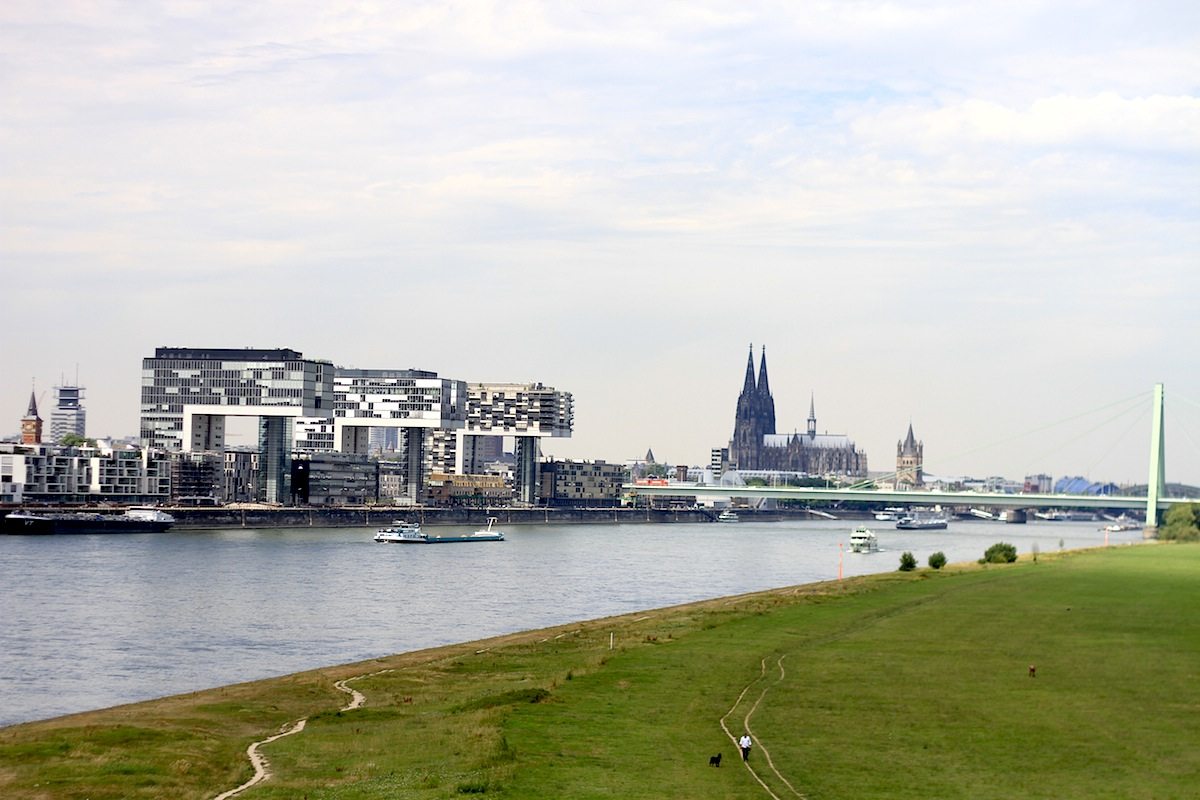
Rheinauhafen with Cologne's skyline
The large architectural gesture on the river

Rheinauhafen
The responsible parties of the Häfen und Güterverkehr Köln AG, or HGK (the harbour and freight transportation authority in Cologne) and the city of Cologne touch on a large-scale solution with visible landmarks: the Kranhäuser (Crane Houses) by Bothe Richter Teherani (now Hadi Teherani Architects GmbH, Hamburg) and the Aachen architect Alfons Linster.
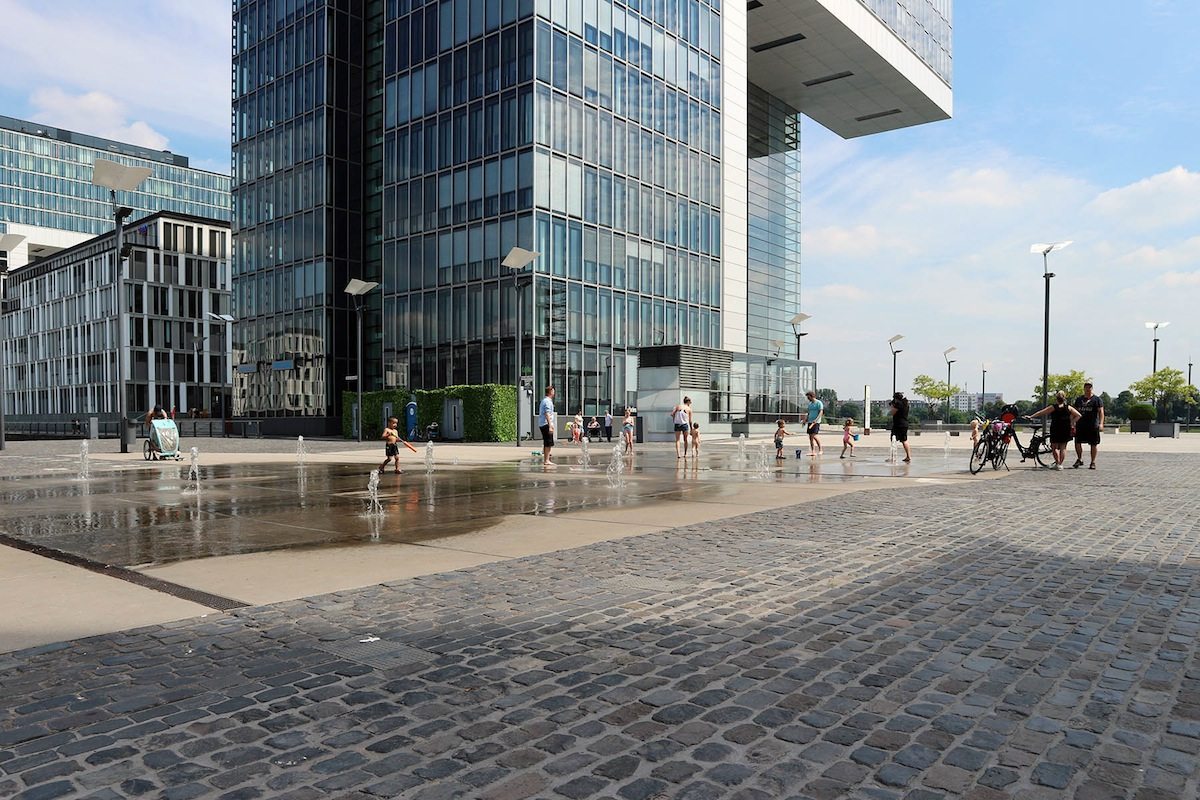
Rheinauhafen
The Rheinauhafen, which was planned by Josef Stübben and ...
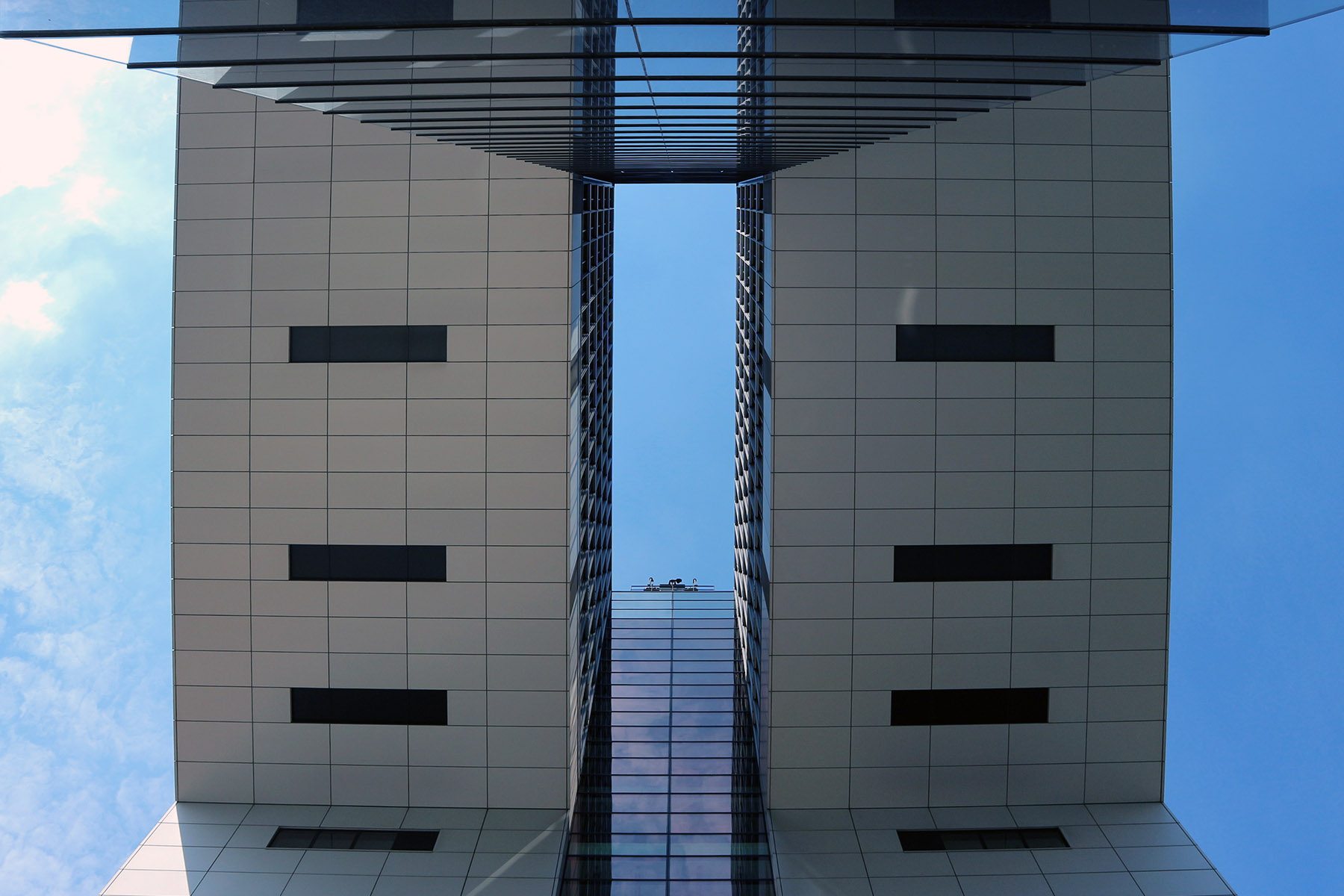
Kranhäuser (Crane houses)
... completed as a harbour area in 1898, has developed into a city neighbourhood with a mixture of work, residential and cultural properties since the end of the 1990s.
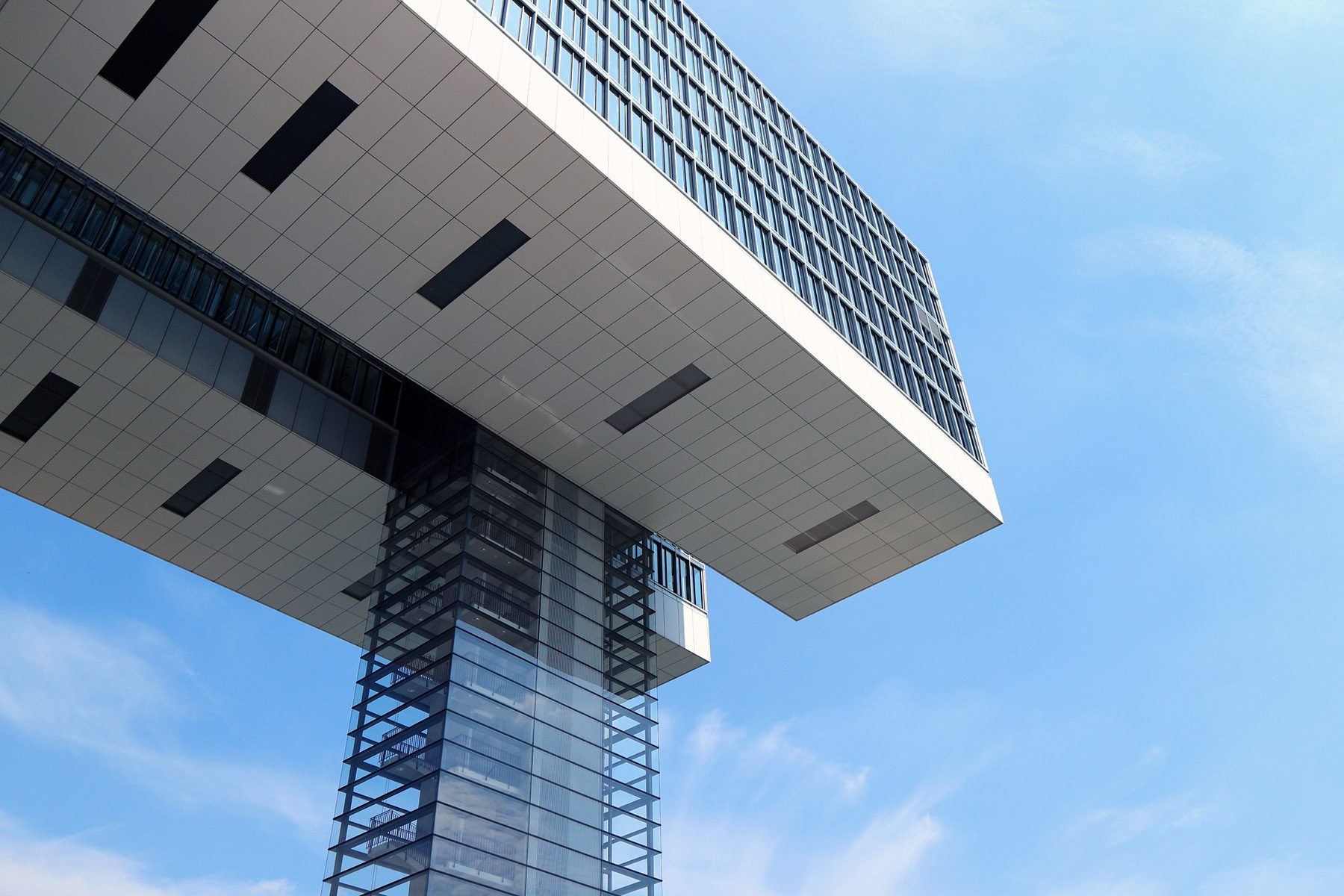
Kranhäuser (Crane houses)
Size, width and breadth
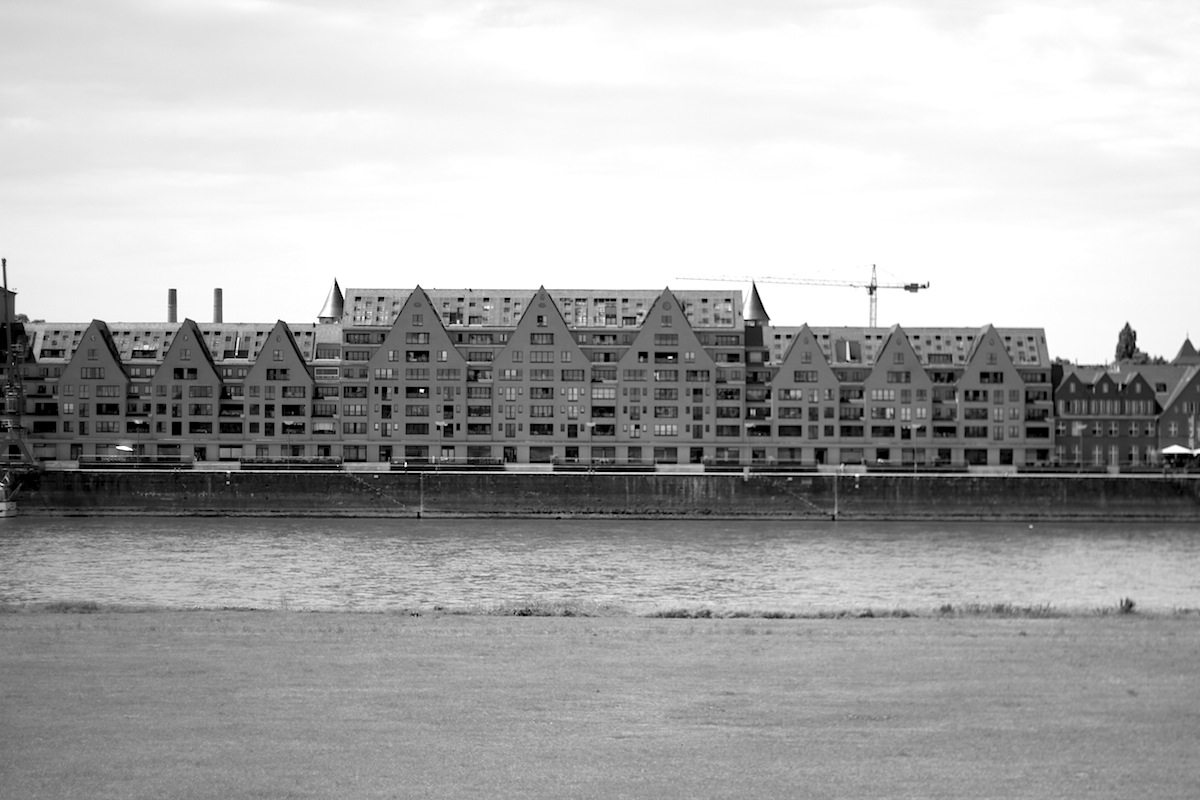
Siebengebirge
Hans Verbeek. Completed: 1909. Renovation by Prof. Kister, KSG Köln, Completed: 2006
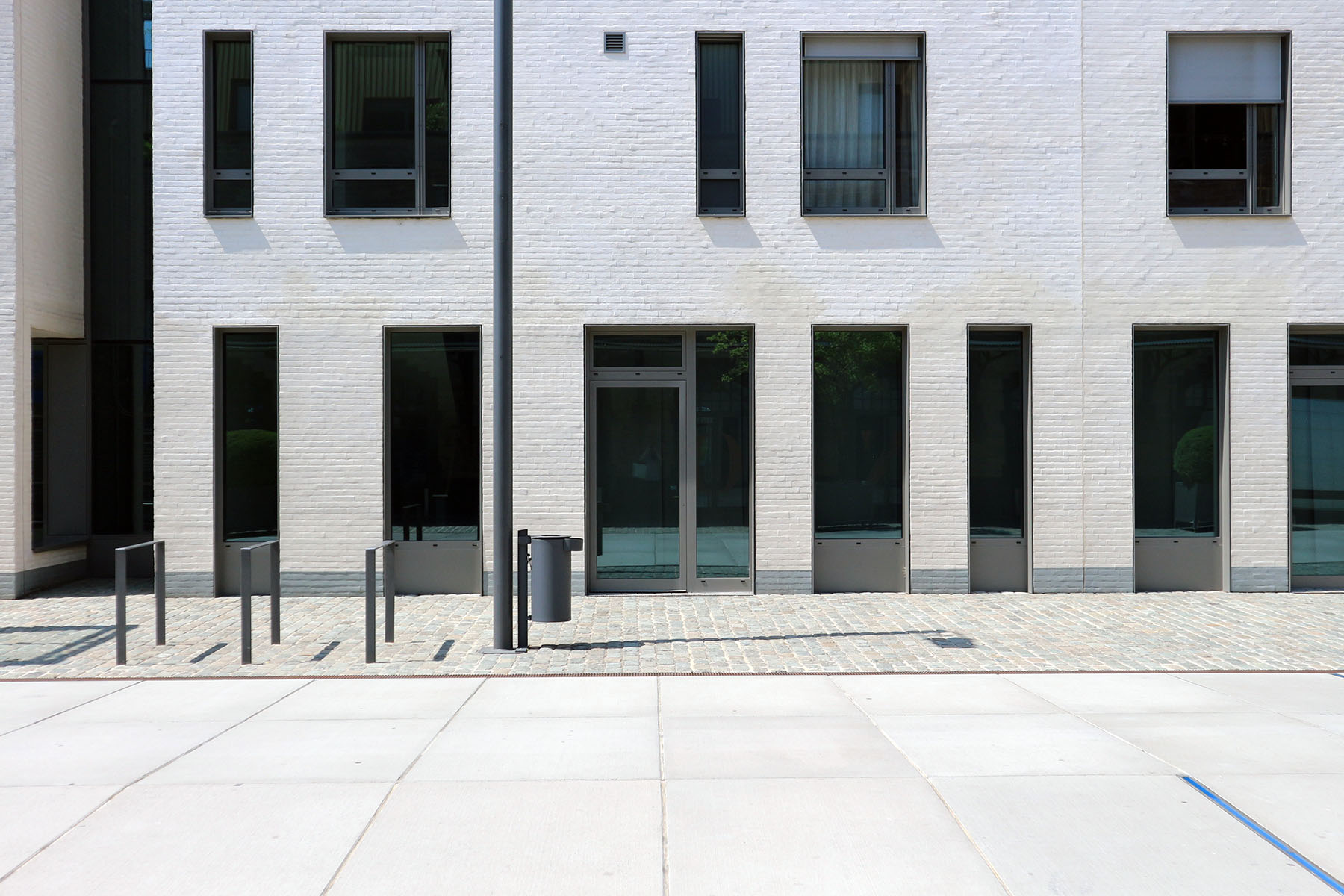
Wohnwer(f)t 18.20
Oxen + Römer und Partner Architekten, Stephan Kögeler. Completed: 2005.
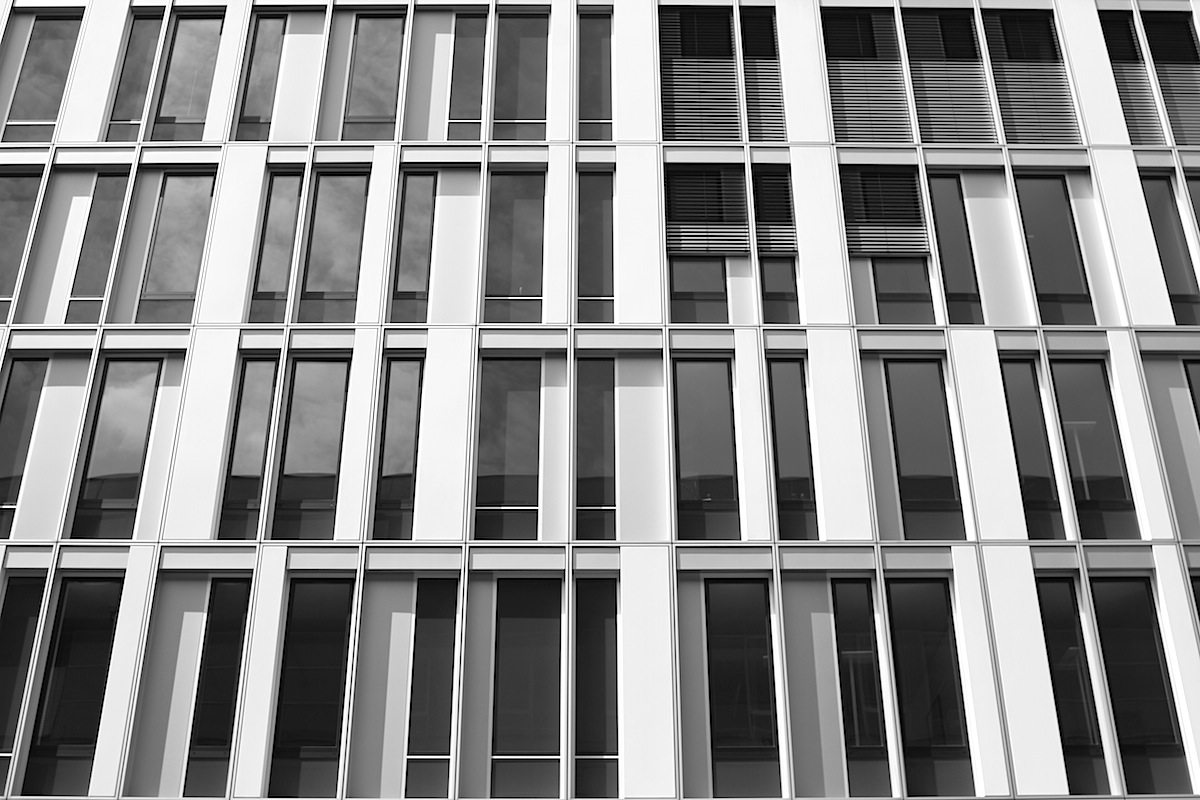
Im Zollhafen 22
Gatermann + Schossig Architekten GmbH. Completed: 2011
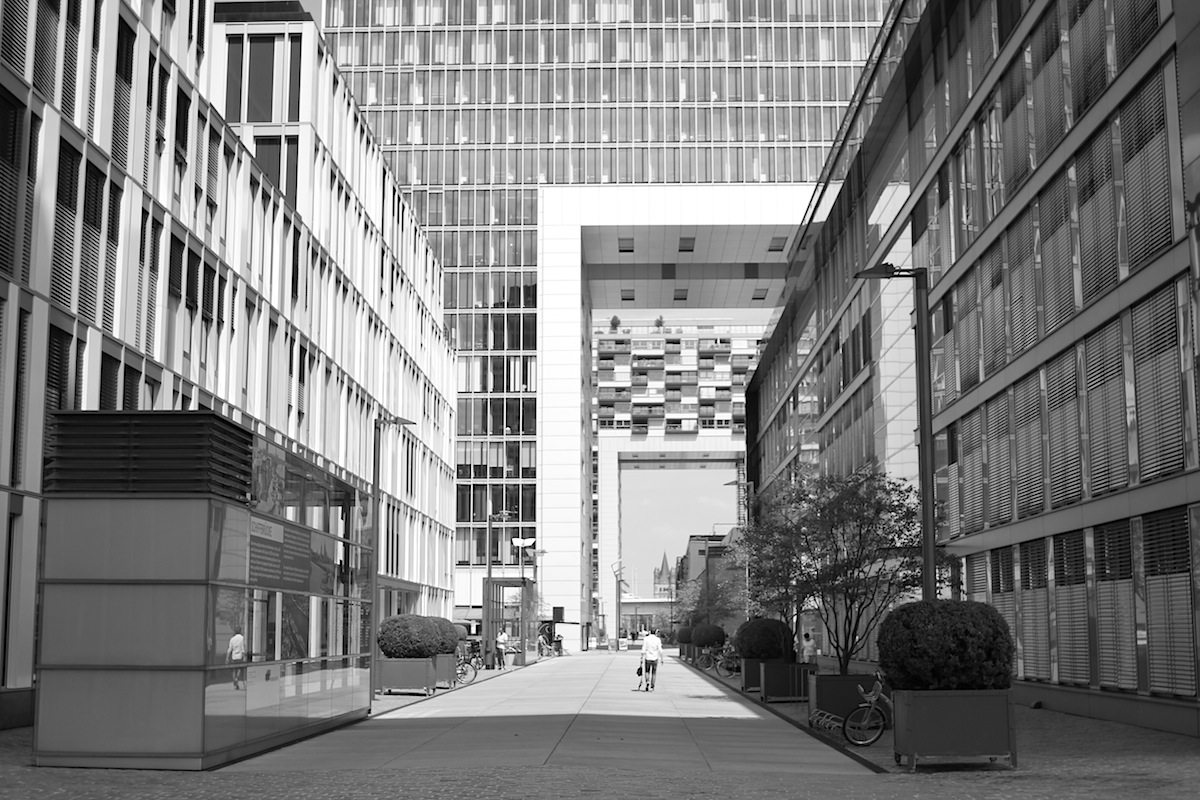
Rheinauhafen
Im Zollhafen, seen from Harry-Blum-Platz
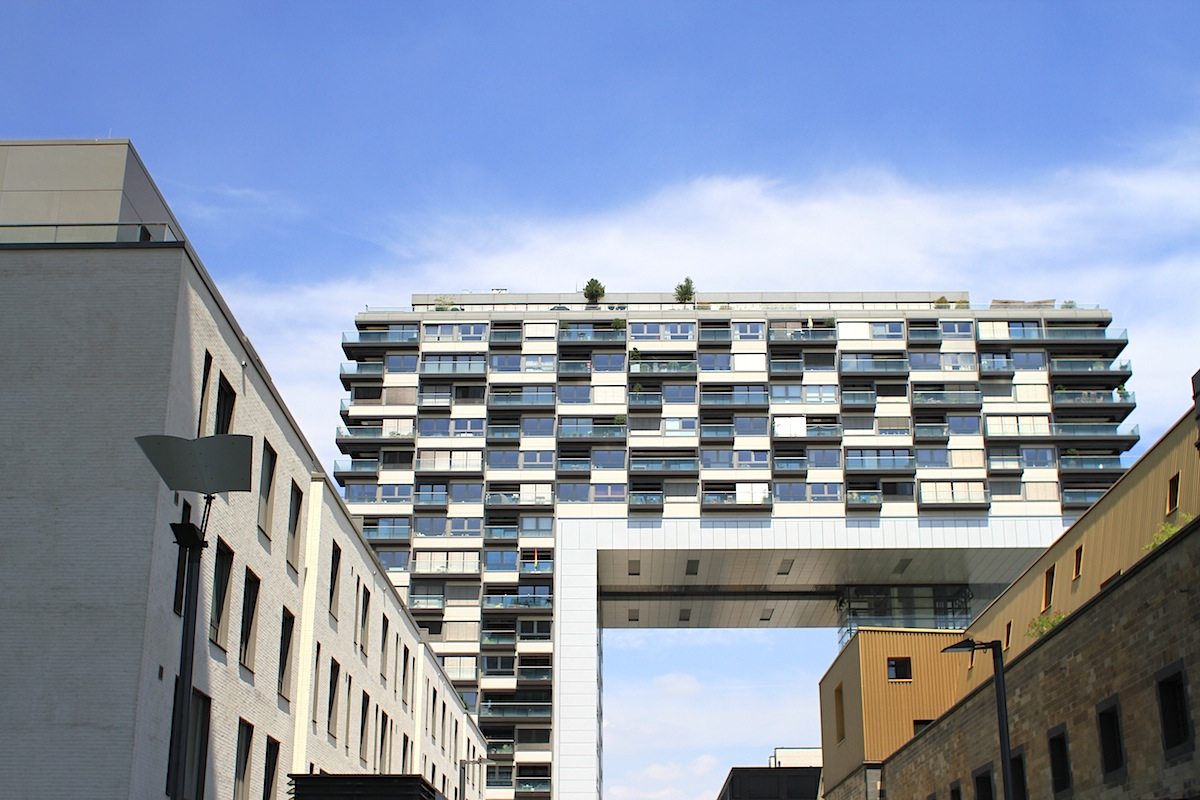
Kranhäuser (Crane houses)
BRT Bothe Richter Teherani and architect Alfons Linster. Completed: 2010
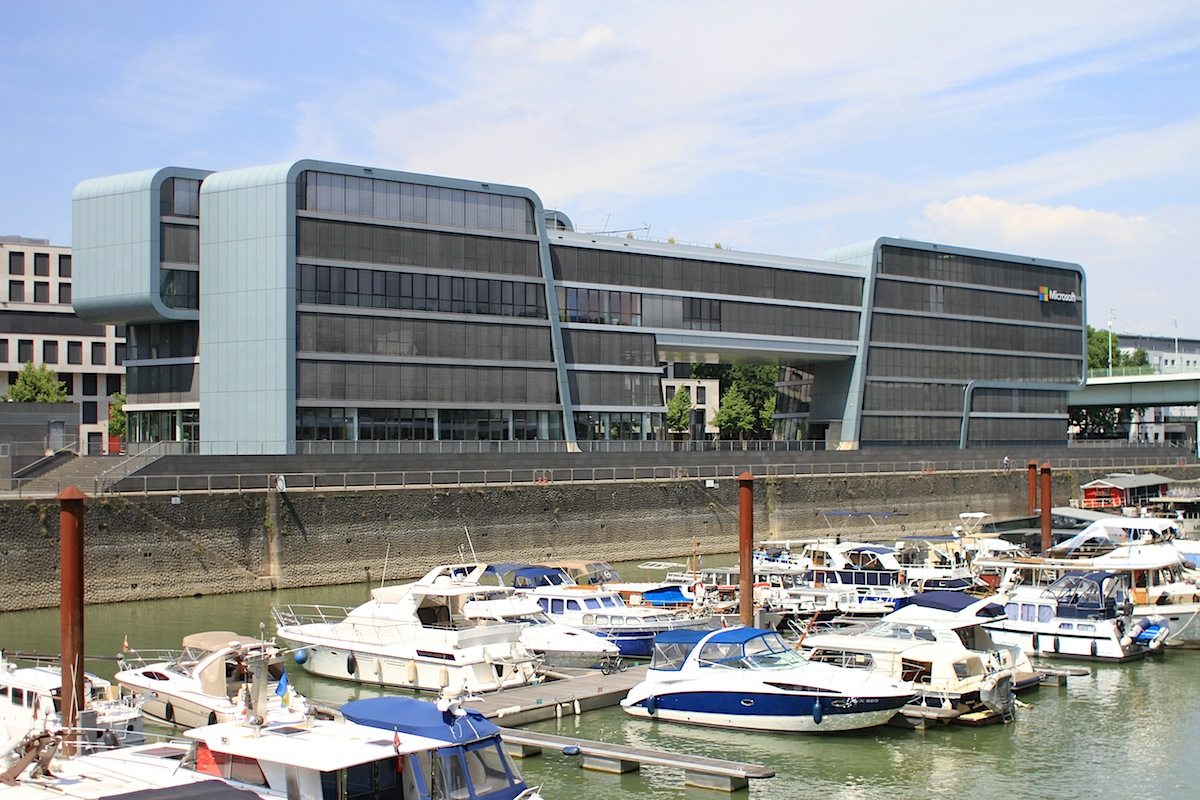
Microsoft RheinauArtOffice
Kubalux. Completed: 2009
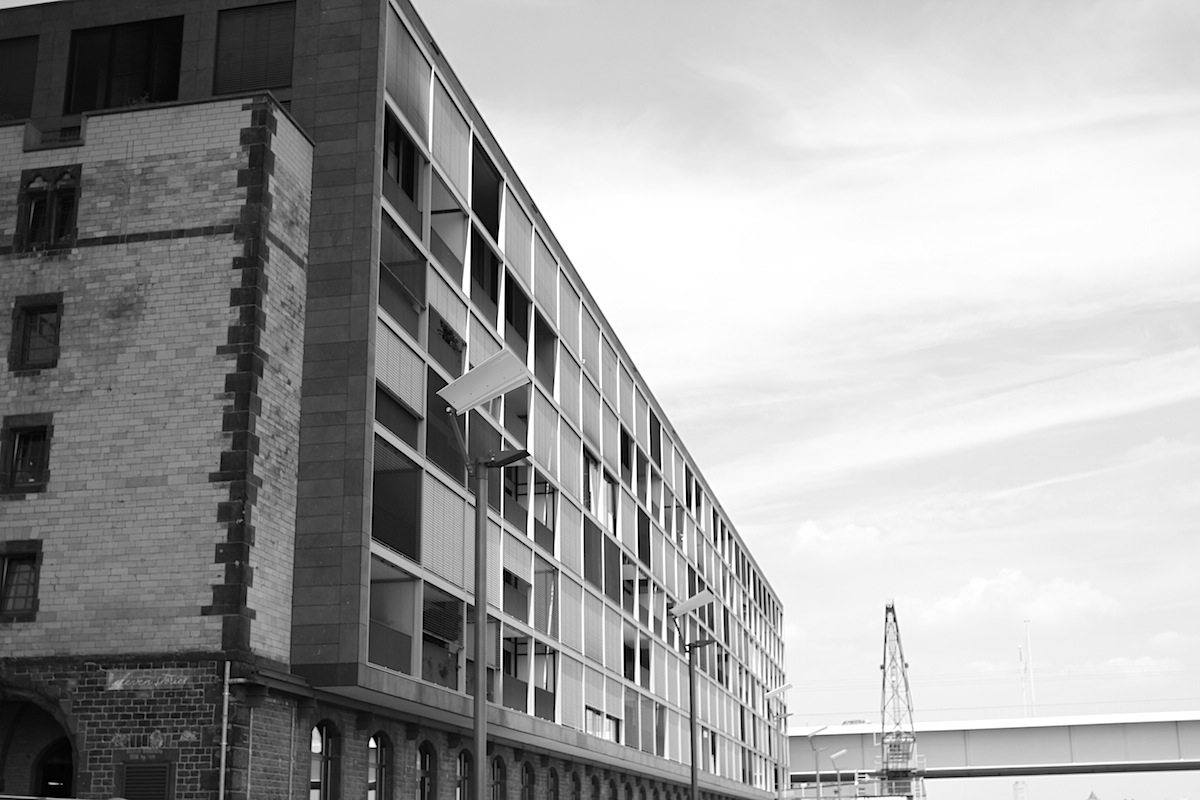
Halle 11 (hall 11)
Schreiterer und Below. Completed: 2008

art'otel cologne
Johanne Nalbach. Completed: 2010
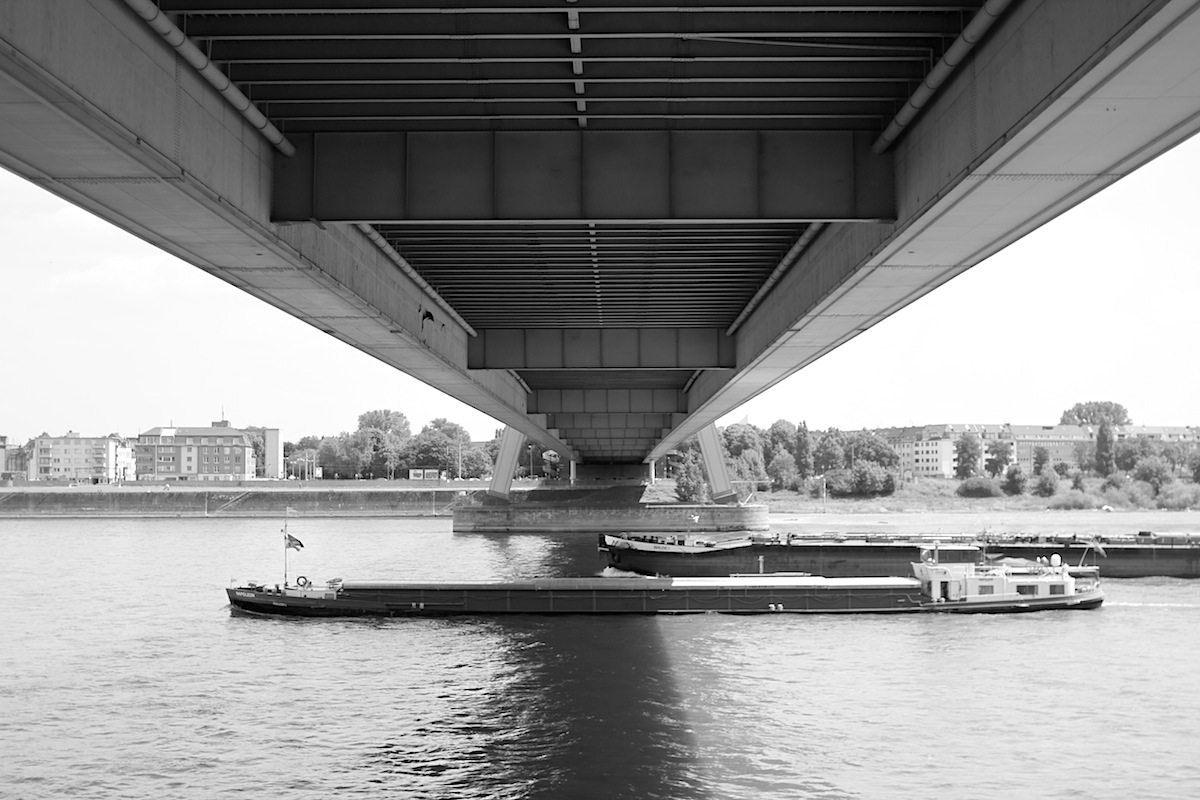
Severinsbrücke (Severins bridge)
Architect Gerd Lohmer, engineer Fritz Leonhardt. Completed: 1959
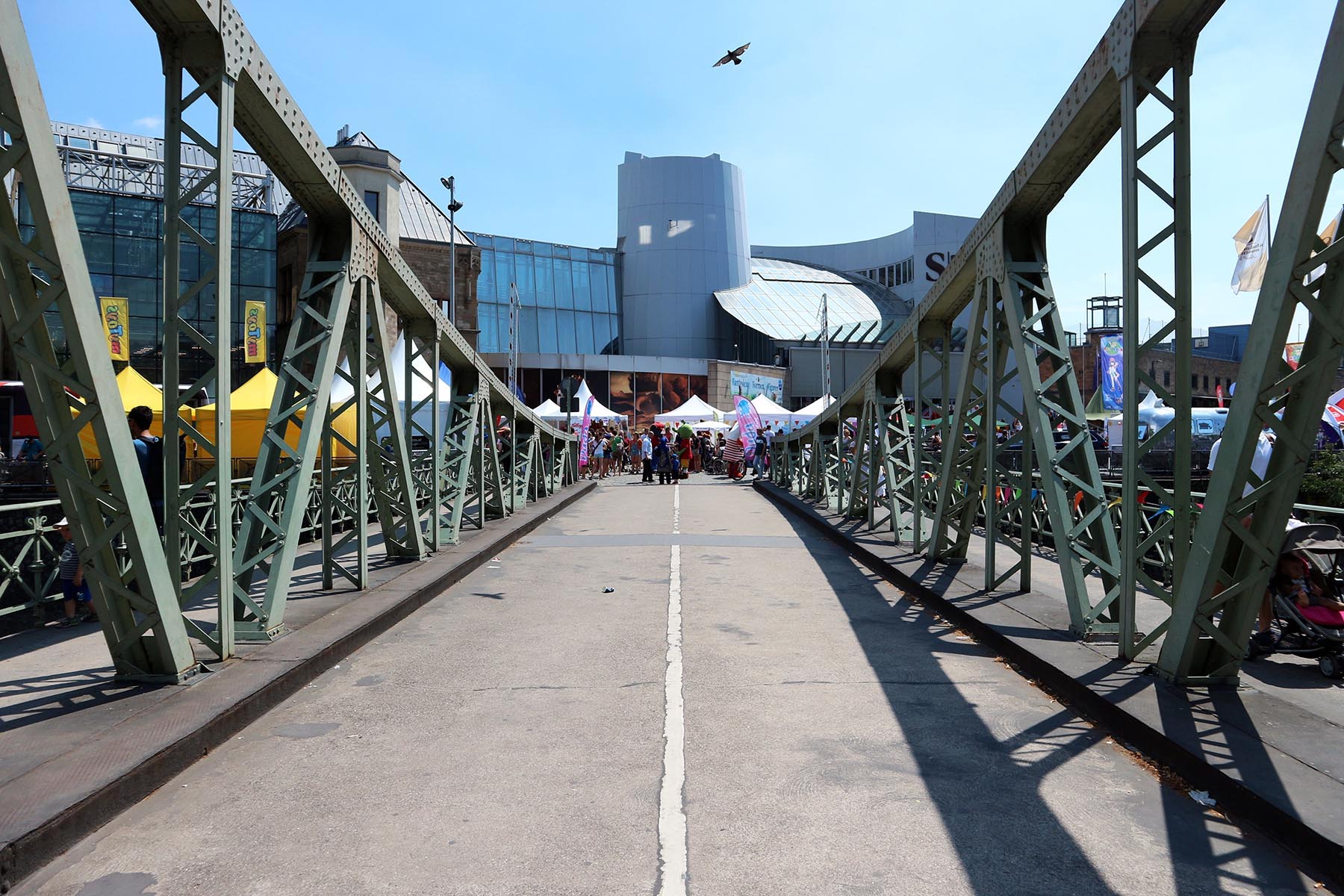
Swing bridge at the Rheinauhafen
With Johann Wilhelm Schwedler. Opening: 1896
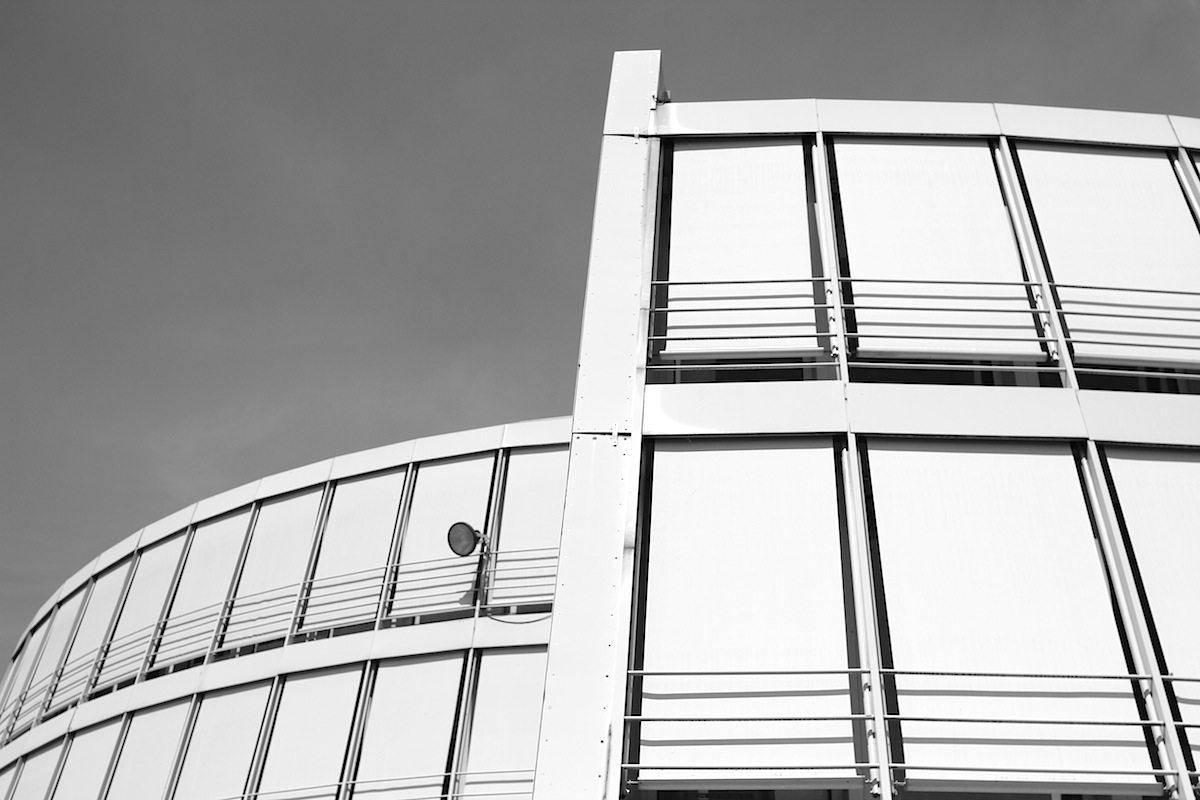
Chocolate museum
Fritz Eller. Completed: 1993
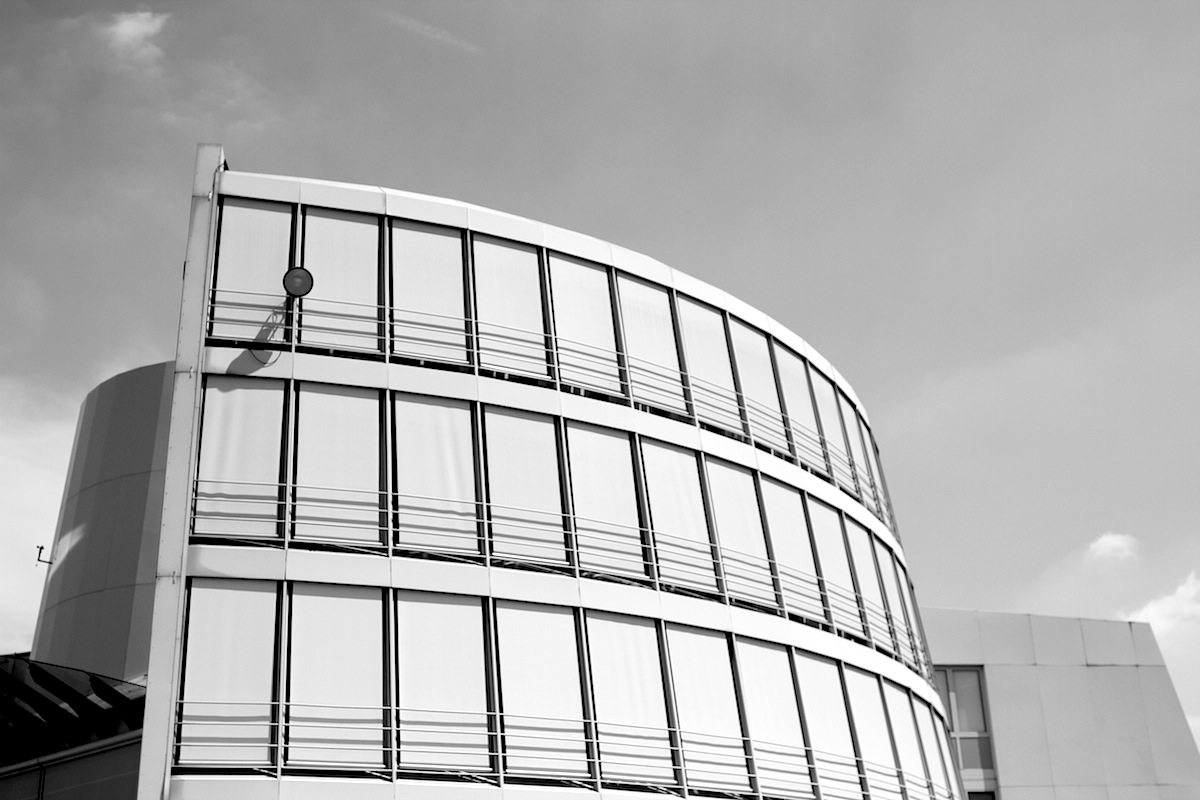
Chocolate museum
Eller framed the massive stonework of the old customs office with a fluid aluminium-glass shell. The new form symbolises a postmodern ship motif.
Deutzer Hafen
At the Deutzer Hafen, we can see that the future of Cologne’s harbour complex, with the new design of the Rheinauhafen, will not be finished for a long time yet. Like the Rheinauhafen and the harbour in Mülheim, the city here has a large plot of inner-city land that lies directly on the water and within sight of the cathedral. This plot is to be developed into a new neighbourhood, with residential and work spaces for several thousand people. The opportunities, risks and challenges of the renovation of the over-240,000 square metre area have been discussed for years. In summer 2017, the office of COBE (from Copenhagen), in cooperation with Ramboll Studio Dreiseitl (Überlingen), Transsolar (Stuttgart) and knp.bauphysik (Cologne) and with citizen participation, presented a design that, along with other reports and studies, has been the groundwork for the discussion with the people. The new harbour quarter is to be developed from the location and with respect for its history. An important part of this history includes the historical monument-protected Ellmühle (Ell Mill), the Kran-Bahn (Crane Train) and the loading cranes at the harbour basin. The responsible parties wanted thus to create a new, living neighbourhood of Cologne, one that represents a diving board into the future and one where the past is meant to remain perceptible.
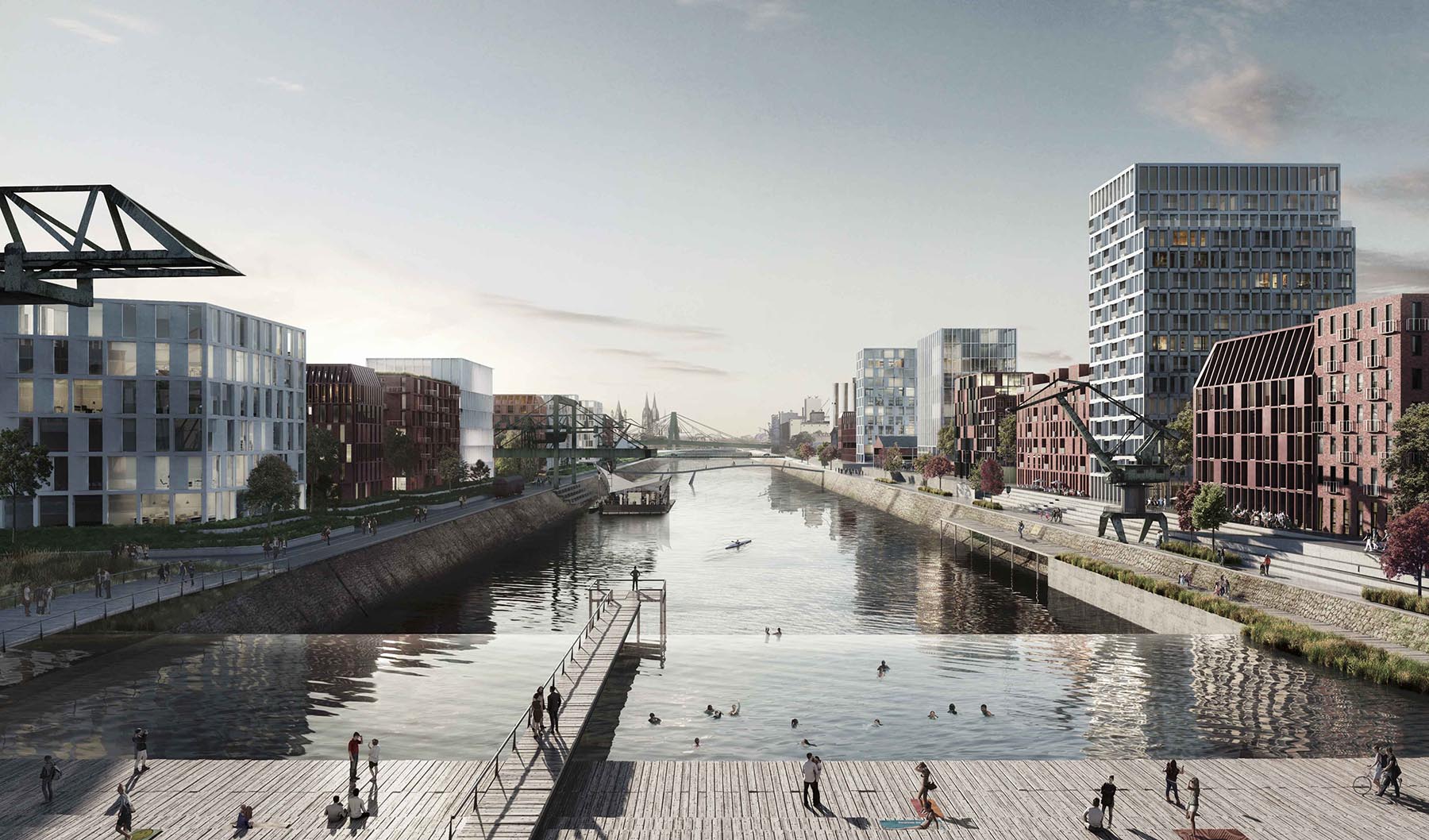
Deutzer Hafen
In summer 2017, the office of COBE (from Copenhagen) and with citizen participation, presented a design that ...
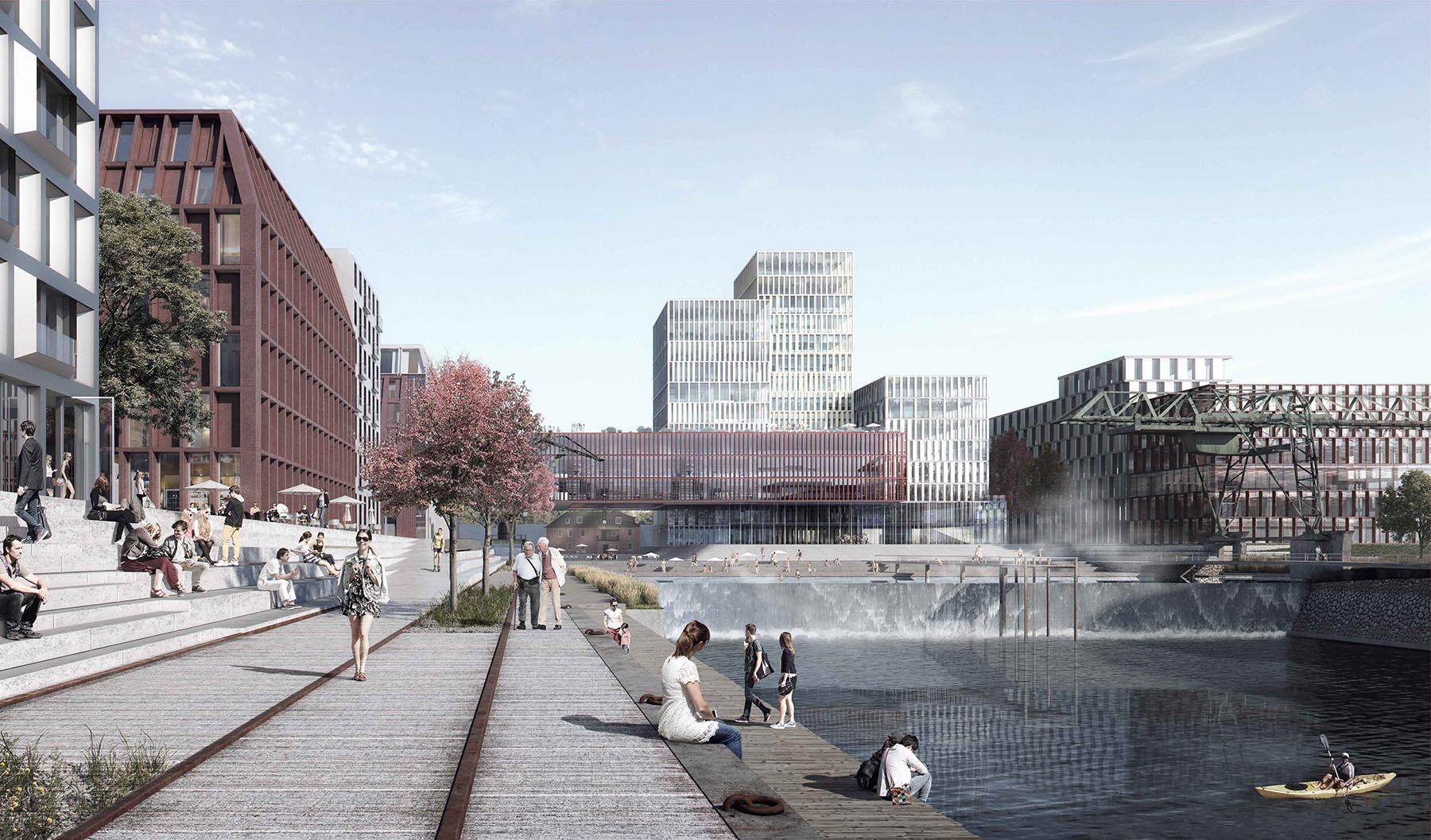
Deutzer Hafen
... along with other reports and studies, has been the groundwork for the discussion with the people. The new harbour quarter is to be developed from the location and with respect for its history.
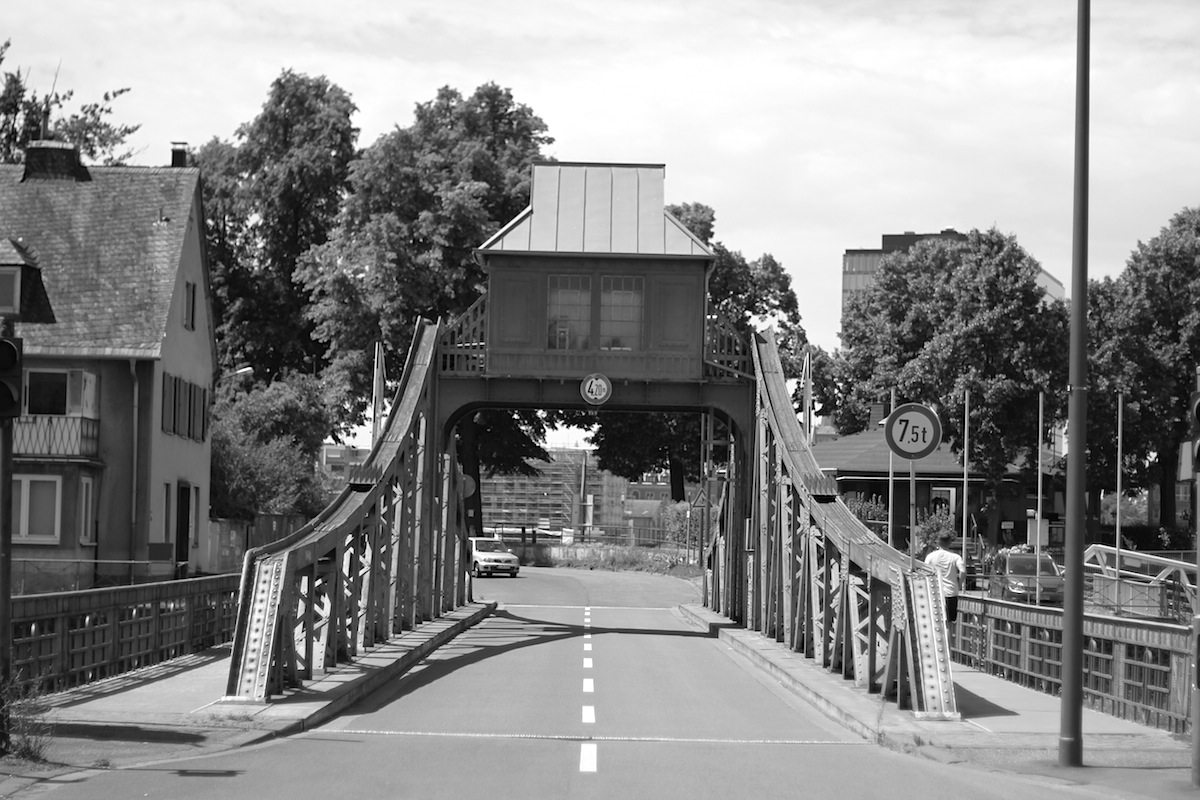
Deutzer Hafen
The swing bridge byBrückenbauanstalt Harkort. Completed: 1908
Rheinboulevard and another special building
„If you take the train to Cologne and cross the Rhine over the Hohenzollernbrücke (Hohenzollern Bridge), on the right bank of the river you will glimpse a new platform for urban life in the design of a spectacular riverbank staircase,“ according to the Berlin landscape architecture office Planorama Landschaftsarchitektur, which is responsible for the staircase. The Rheinboulevard, finished at the end of 2016, consists of the outdoor staircase and the boulevard that lies beyond it. 5,500 square metres of concrete slabs were installed for the paths. Added to these were 2,300 square metres of natural stone, benches and 60 Japanese pagoda trees, chestnuts and black locust trees.
In 2017, Planorama won the German Landscape Architecture Prize as well as the polis award. With this prize, which has been given out since 1993, the Bund Deutscher Landschaftsarchitekten (Federation of German Landscape Architects) calls attention to exemplary projects and their designers. Rightly so, in the case of the Rheinboulevard, because here is where the outdoor steps and the path to the banks of the Deutzer harbour are nestled, creating Cologne’s signature calling card: a laid-back enjoyment of life combined with big-city cosiness. What’s rather less comfortable is the tabloid press, with its notices about nightly knife fights, riots and bans on shisha. During the day, there is none of this – only tourist groups, those enjoying their midday breaks and flâneurs who ponder the city silhouette on the other side of the river. Whoever had had enough of this urban meditation should float in the direction of the Deutzer Hafen and engage in the local landscape. There are grill-outs on the Pollerwiesen, an outdoor festival space, when the weather is fine – the barbecue air makes your hungry stomach rumble. Time to switch sides of the river, heading over the Südbrücke (South Bridge) railroad bridge (by the architect of Berlin’s Kulturbrauerei, Franz Schwechten, and with the planners of the Hohenzollernbrücke, Fritz Beermann and Friedrich Dircksen).
In this part of the Rheinauhafen, a new era began for Cologne’s skater community in 2011. Here, the city, along with Dom Skateboarding e.V. (the local skateboarding club) and the Cologne-based architecture office Metrobox, created a 2,000 square metre area on which elements of city spaces like steps, angles, railings and green spaces were newly reinterpreted and carefully sited for skateboarding. If this urban landscape stands for young Cologne and the Rheinauhafen for the large architectural gesture on the river, then Bastei – which lies 4 kilometres north – represents a river town that has already added worth to the area around the river for over 90 years. In 1924, Wilhelm Riphahn built his restaurant here in the expressionist style. The fact that architecture on the banks of the river was already being seriously discussed can be seen in a 1925 magazine for architecture and urban building: „This building … with its exhilaratingly broad views over the most beautiful river, is often the subject of disputes in which a threat to the contours of the holy city of Cologne is discussed. To this, it is objected that such a gigantic tableau as Cologne’s banks on the Rhine can bear it just fine, if an unfamiliar, cheery butterfly settles down at a respectful distance from the historical buildings. Cologne has become richer through Riphan’s playful porterhouse.“

Rheinboulevard
Outside staircase with the Hohenzollern bridge

Rheinboulevard
5,500 square metres of concrete slabs were installed for the paths.
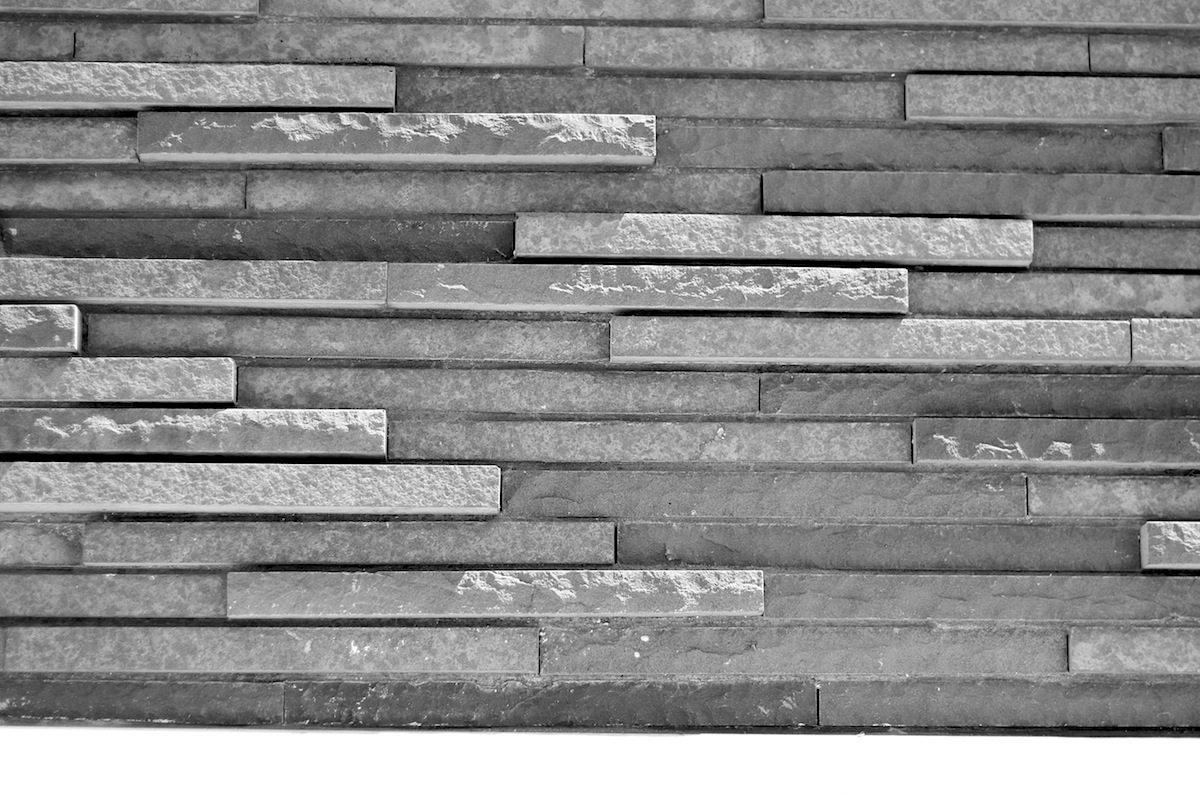
Rheinboulevard
A laid-back enjoyment of life combined with big-city cosiness and natural stone
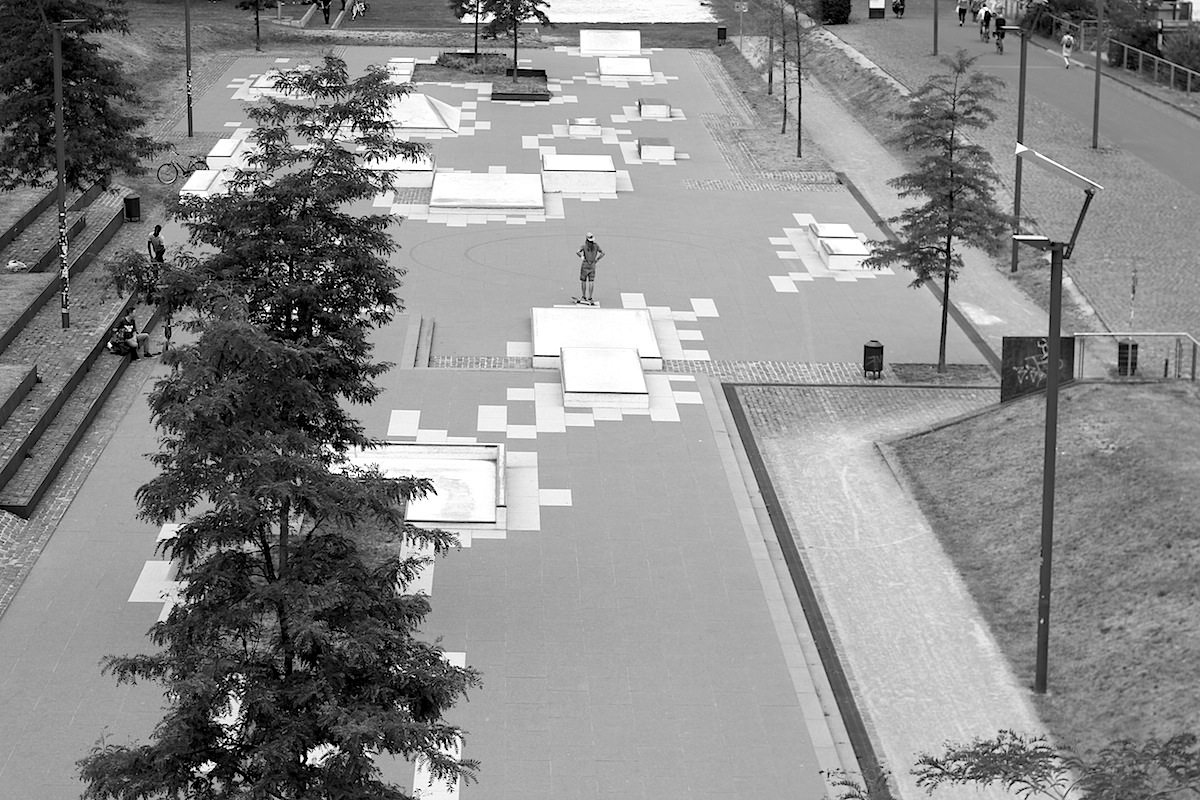
Skate park Kap686, Rheinauhafen
Metrobox. Completed: 2011
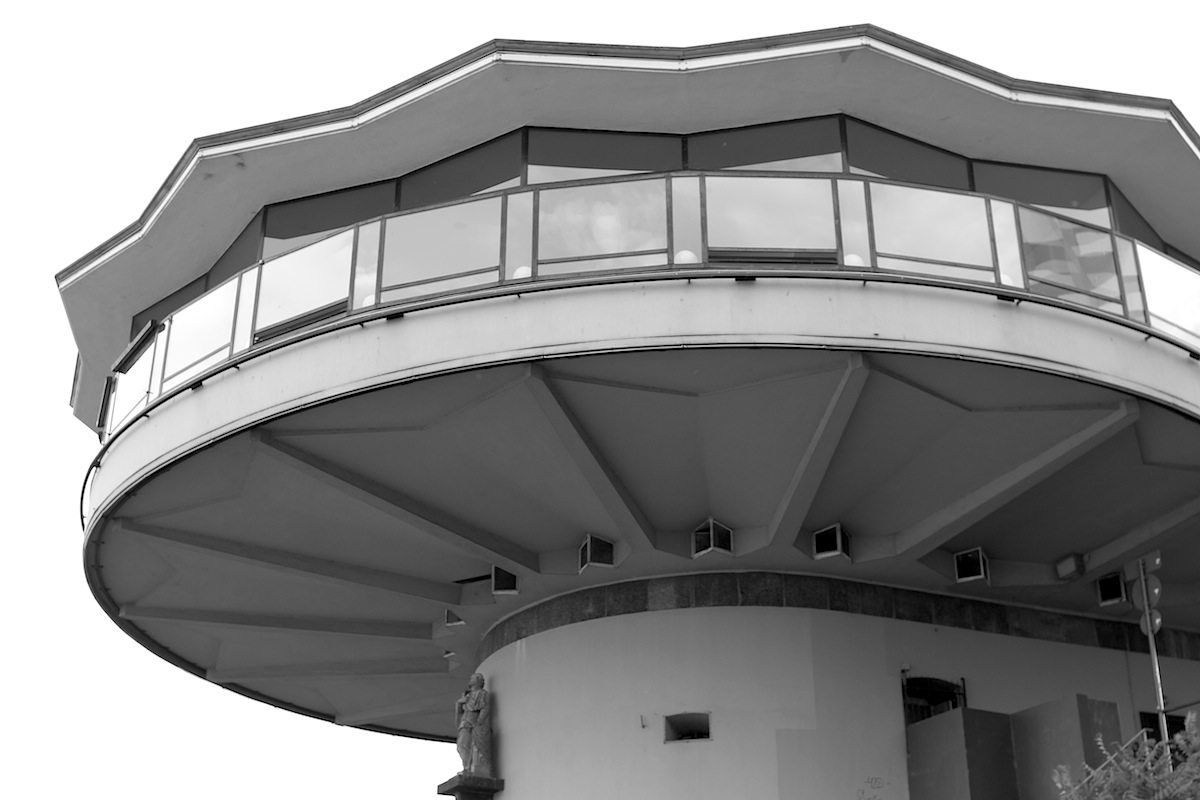
Bastei
Wilhelm Riphahn. Completed: 1924

Bastei
Expressionist style
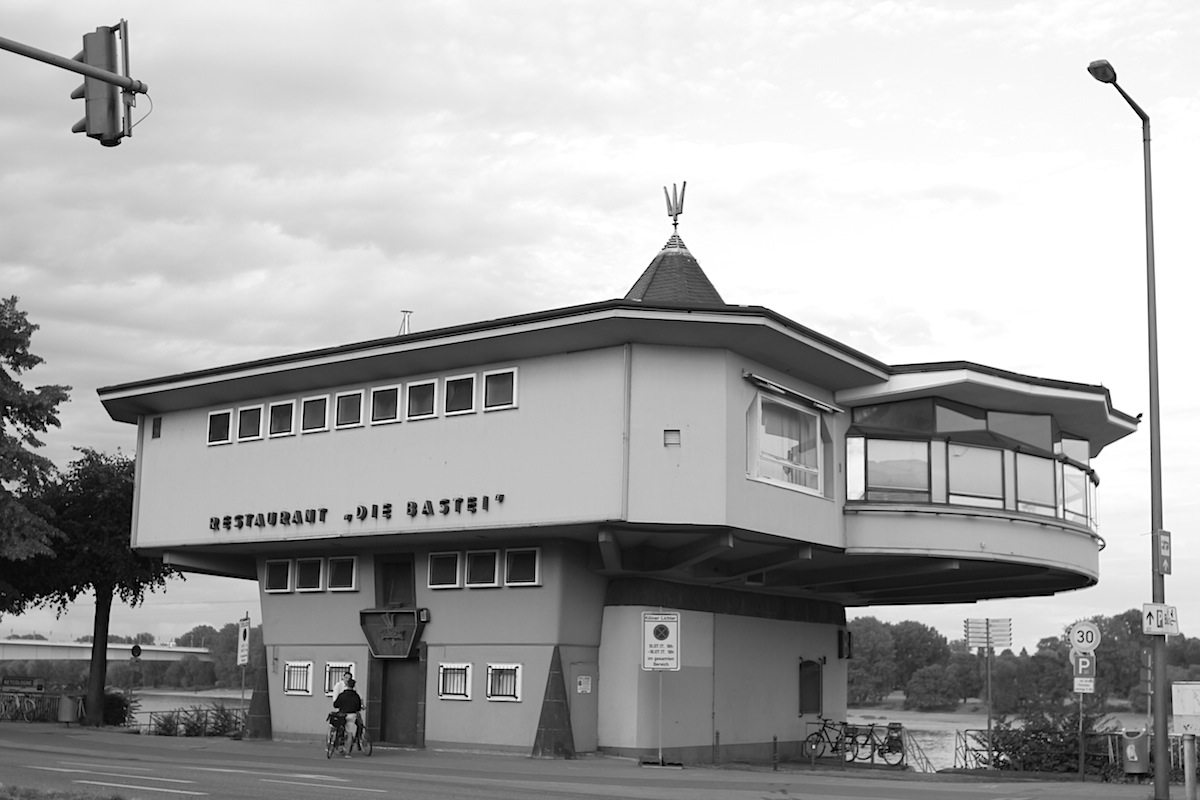
Bastei
"... the Rhine can bear it just fine, if an unfamiliar, cheery butterfly settles down at a respectful distance from the historical buildings ..."
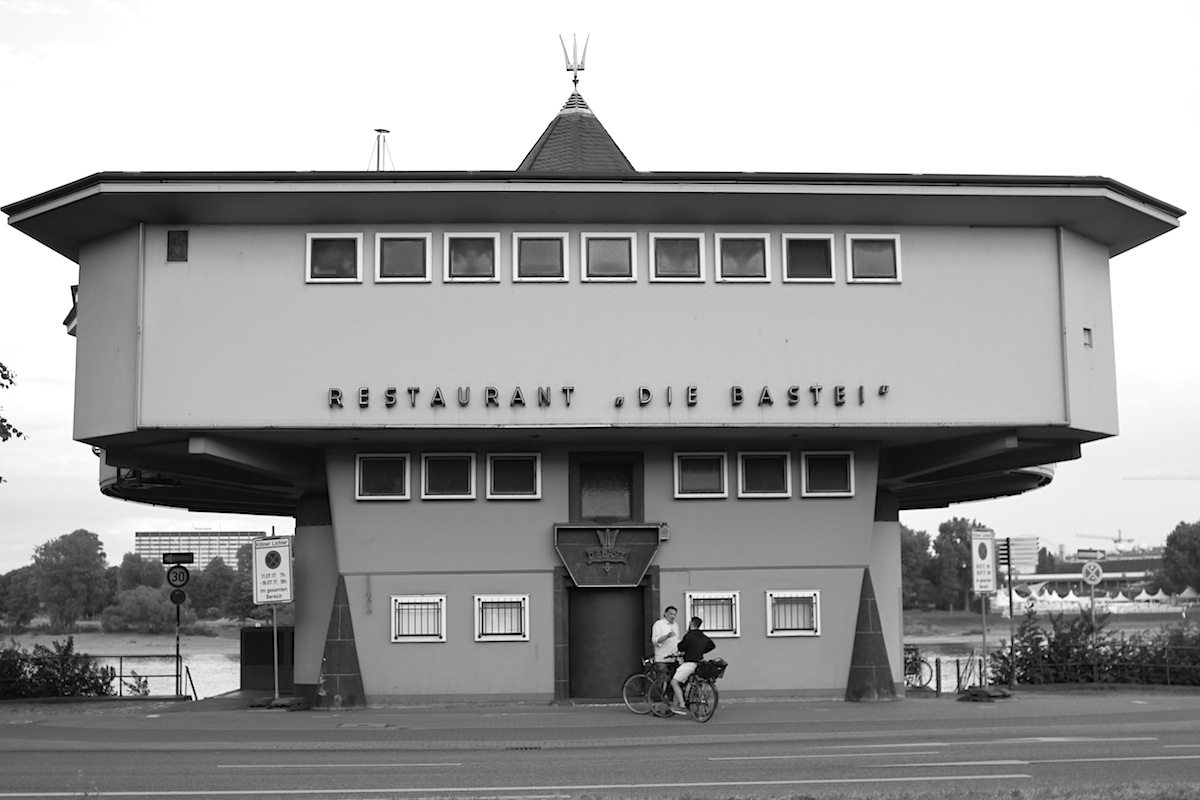
Bastei
"Cologne has become richer through Riphan's playful porterhouse."
Kölngrün (Cologne Green) and other (building) highlights – an architectural guide to Cologne
We recommend the „Architekturführer Köln“ (Architectural Guide Cologne):
Because it is manageable, feeling like 25.2 pages instead of 252, and it implements its graphic-visual lines consistently without feeling overly elaborate. Black-and-white photography and its green colour go well together.
Because the publishers – Barbara Schlei, Uta Winterhager and Tobias Groß – are both informed about architecture and enthusiastic about Cologne, without being jargon nerds or Colonia fanatics. They explain and describe their city and its objects crisply and knowledgeably.
Because Cologne becomes more understandable after reading through the 104 projects presented, since the focus indeed lies with contemporary architecture, but the post-war buildings also have their place.
Because the journey from an online platform all the way to a printed analogue publication – also known as a book, has been a confident and aesthetic success.
Because the Stiftung Buchkunst (a foundation for book art) has seen all this and more, and has selected this architecture guide as the most beautiful book of 2016. Too right.
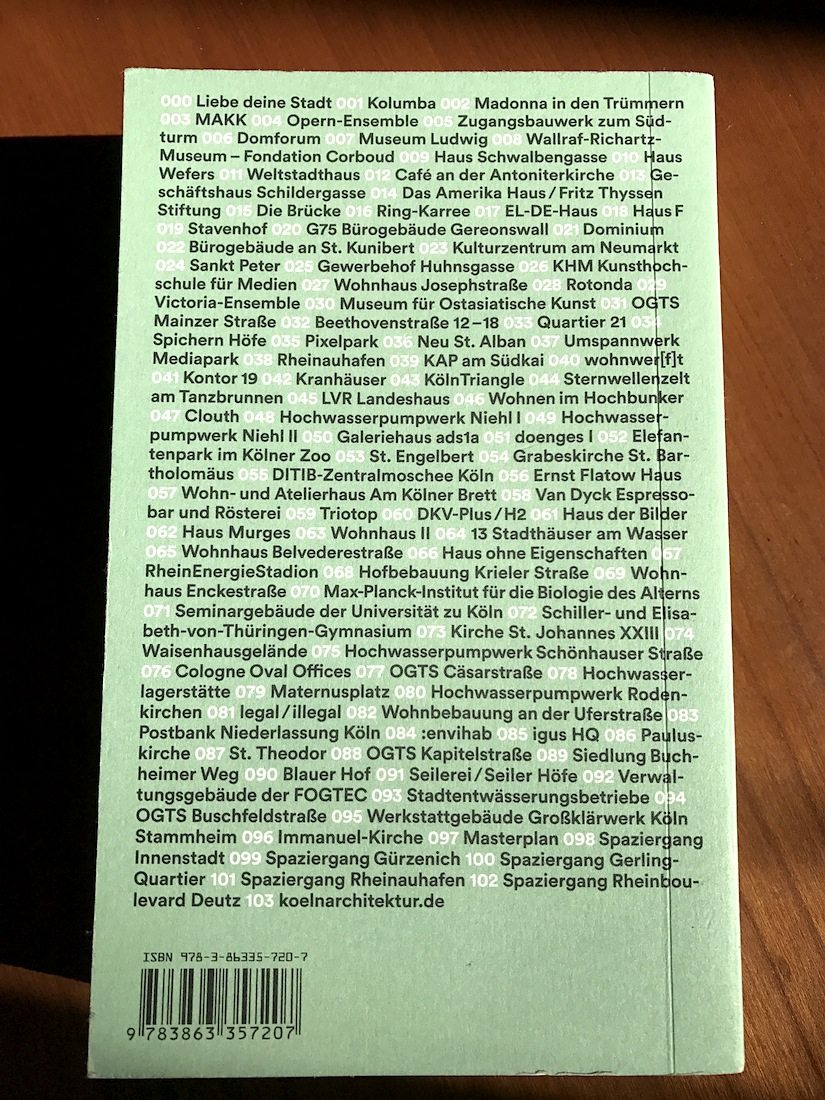
Architekturführer Köln
Verlag der Buchhandlung Walther König.
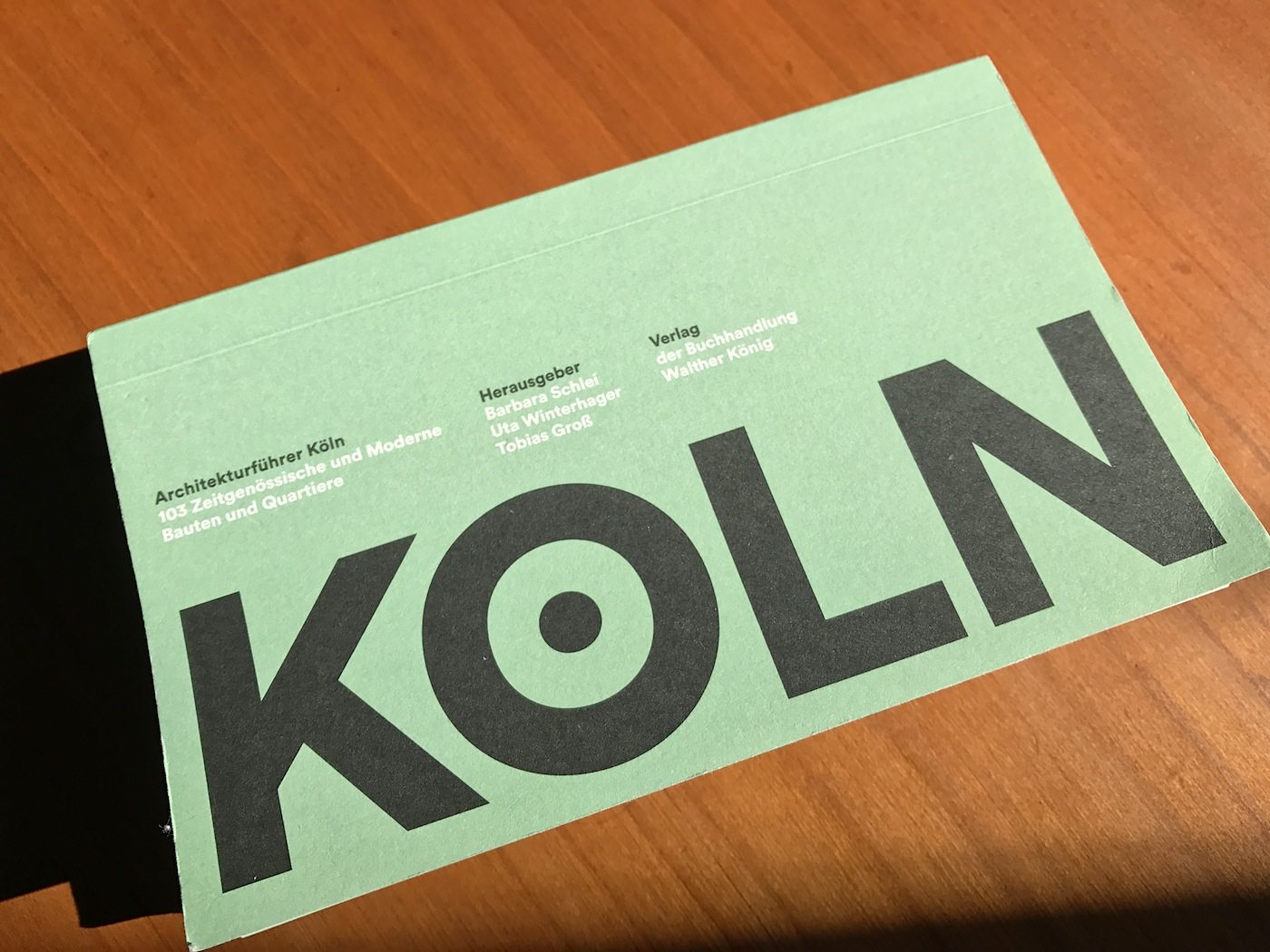
Architekturführer Köln
published by Barbara Schlei, Uta Winterhager und Tobias Groß
Cologne
with more than 1 million inhabitants is the largest city in the German federal state of North Rhine Westphalia and the fourth-largest city in Germany after Berlin, Hamburg and Munich. It is located within the Rhine-Ruhr metropolitan region, one of the major European metropolitan areas, and with more than ten million inhabitants, the largest in Germany. Cologne is about 45 km southwest of North Rhine-Westphalia's capital of Dusseldorf and 25 km northwest of Bonn. The cathedral spires tower over Cologne and its innumerable cultural and historical treasures, world-famous museums and active art scene. In 1945 architect and urban planner Rudolf Schwarz called Cologne the "world's greatest heap of rubble". Schwarz designed the master plan for reconstruction in 1947, which included the construction of several new thoroughfares through the city centre, especially the Nord-Süd-Fahrt ("North-South-Drive"). The destruction of 95% of the city centre, including the famous Twelve Romanesque churches such as St. Gereon, Great St. Martin, St. Maria im Kapitol and several other monuments in World War II, meant a tremendous loss of cultural treasures. The rebuilding of those churches and other landmarks such as the Gürzenich event hall was not undisputed among leading architects and art historians at that time, but in most cases, civil intention prevailed. The reconstruction lasted until the 1990s, when the Romanesque church of St. Kunibert was finished. In the 1980s and 1990s Cologne's economy prospered for two main reasons. The first was the growth in the number of media companies, both in the private and public sectors; they are especially catered for in the newly developed MediaPark, which creates a strongly visual focal point in Cologne city centre and includes the KölnTurm, one of Cologne's most prominent high-rise buildings. The second was the permanent improvement of the diverse traffic infrastructure, which made Cologne one of the most easily accessible metropolitan areas in Central Europe. The renovation oft he harbours Rheinauhafen, Deutzer Hafen and Mülheim are important urban development projects due to their size and location in the center of Cologne.
Chocolate museum
Am Schokoladenmuseum 1 A, 50678 Cologne. Opening hours: Mon–Fri 10–6 p.m., Sat, Sun 11–7 p.m. Entrance 7,50 Euro (children, school pupils). Free for children under 6 years. Adults: 11,50 Euro.
THE LINK tip
Architekturführer Köln (Architectural Guide Cologne, in German only). Verlag der Buchhandlung Walther König. 103 projects and buildings. By Barbara Schlei, Uta Winterhager and Tobias Groß. 11 x 18 cm. 252 pages with black and white photos and maps, ISBN: 978-3-86335-720-7